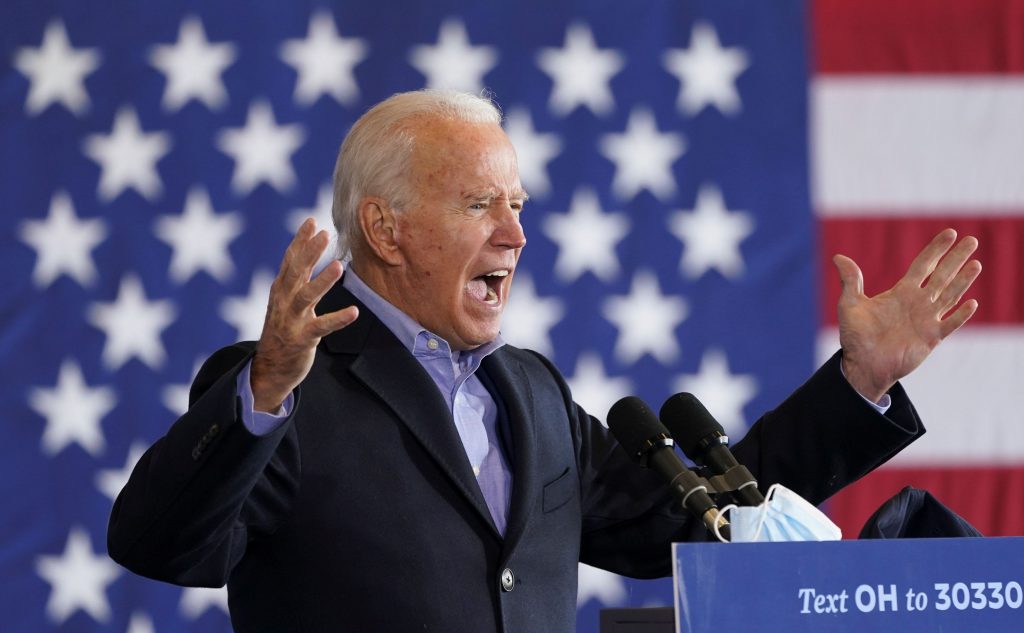
Ika84 | E+ | Getty Images
Here’s one open enrollment period that people without health insurance may want to pay attention to.
From Nov. 1 through Dec. 15 — unless your state has a later closing date — individuals or families without medical coverage can sign up for a plan through the federal health exchange (or their state, if it has one). Whether you lost job-based coverage, got kicked off your parent’s insurance because you’re 26 or older or are uncovered for another reason, there could be an affordable option with premium subsidies or other types of support.
While these plans were authorized by the Affordable Care Act of 2010 — aka Obamacare — and the Supreme Court will hear arguments next week in a case seeking to overturn the law, experts say consumers should not let that stop them from enrolling. A ruling on the case could take a while.
“It is the law right now, and people should sign up,” said Karen Pollitz, a senior fellow with the Kaiser Family Foundation. “If something changes down the road, we’ll worry about it then.”
Roughly 8.3 million people were enrolled in health plans through one of the Obamacare-authorized health exchanges heading into 2020, according to the Centers for Medicare and Medicaid Services. (It’s uncertain how much the coronavirus pandemic and unemployment may have altered that number).
Most enrollees — including the self-employed and workers with no job-based health insurance — receive subsidies (technically tax credits), which reduce what you pay in premiums. Additionally, you may qualify for help with cost-sharing like deductibles and premiums on certain plans.
The premium subsidies are available to families whose income is from 100% to 400% of the federal poverty level, based on household size. For an individual exploring their options now, that would translate into income from $12,760 to $51,040. For a family of four, it would be $26,200 to $104,800.
More from Personal Finance:
Coronavirus slows pace of college tuition increases
How to handle an unexpected inheritance
Here are some big investing mistakes to avoid
Four states — California, Massachusetts, Vermont and New Jersey — also are using state funds to supplement the federal subsidies, Pollitz said.
Meanwhile, in states that expanded Medicaid, you can qualify for coverage through the program if your income is no more than 138% of the federal poverty level. For an individual, that would mean up to $17,609; for a family of four, $36,156. It’s also worth noting that if you qualify for Medicaid, you can sign up at any time (not just during this open enrollment).
The marketplace subsidies that you’re eligible for are based on factors that include income, age and the second-lowest-cost “silver” plan in your geographic area (which may or may not be the plan you enroll in).
The marketplace calculates your eligibility for financial assistance, whether through Medicaid or the marketplace.
Karen Pollitz
Senior fellow with the Kaiser Family Foundation
For example, consider one Maryland ZIP code where the average benchmark premium is roughly $2,200 a month for a family of three — two adults in their 50s and a dependent child. If they made below 400% of the poverty level for their household size — about $87,000 — they could get tax credits worth about $20,000 annually, reducing their monthly premiums to roughly $500.
Additionally, if your income is between 100% and 250% of the federal poverty level, you may qualify for cost-sharing reductions (i.e., lower deductibles or copays) on top of any subsidies you receive to help pay premiums.
The best place to start if you’re new to this healthcare.gov, where you can create an account and explore your plan options. Or, if your state operates its own health-care exchange, the federal site will direct you to it. Once you enter information such as income and number of dependents, you should be told what help you can qualify for.
“The marketplace calculates your eligibility for financial assistance, whether through Medicaid or the marketplace,” Pollitz said. “And sometimes your kids will qualify under CHIP [Children’s Health Insurance Program] but you qualify under the marketplace.”
If you want to window-shop without creating an account, there is a tool on the federal exchange (or on your state’s site) that lets you enter general information about yourself to see if you qualify for subsidies and how much you’d pay for premiums.
If you already have a plan through the exchange, Pollitz said it’s best not to automatically re-enroll, even if your income won’t be different next year.
“The premium and your subsidy might have changed,” she said.
On average, premiums have dropped a bit, Pollitz said, although in some places they may have actually risen. “It depends on where you live,” she said.
Additionally, other aspects of insurance are likely rising: The out-of-pocket maximum for an individual, for example, can be as much as $8,550 in 2021, up from $8,150. Deductibles, copays or other cost-sharing also typically go up every year, Pollitz said.
Be aware that state unemployment benefits count as income when you apply for marketplace or Medicaid coverage. If Congress ends up passing another stimulus bill that includes federal unemployment assistance — similar to the now-expired temporary $600-per-week — it could count as income, as well.
The CARES Act, which was signed into law back in March and authorized that extra $600 weekly, excluded the money from counting toward eligibility for Medicaid, but not marketplace plans.

